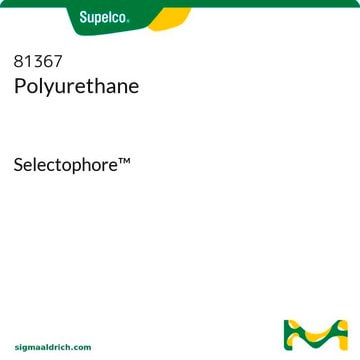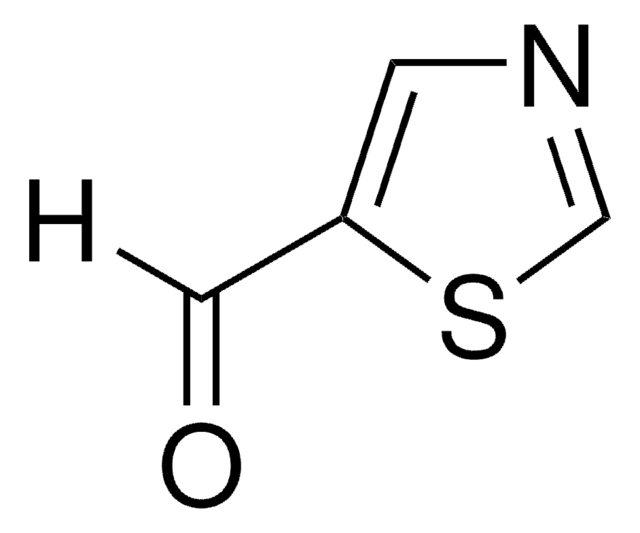430218
Poly[4,4′-methylenebis(phenyl isocyanate)-alt-1,4-butanediol/di(propylene glycol)/polycaprolactone]
pellets, MDI-polyester/polyether polyurethane.
About This Item
Recommended Products
abrasion resistance
10 mg (Taber, H-22 wheel)
form
beads
pellets
melt index
4 g/10 min (190°C/8.7kg)
hardness
84 (Shore A, ASTM D 2240)
transition temp
Tg −40 °C (DSC)
softening point 85 °C (Vicat, ASTM D 1525)
density
1.18 g/mL at 25 °C (lit.)
Related Categories
General description
Application
Features and Benefits
Signal Word
Danger
Hazard Statements
Precautionary Statements
Hazard Classifications
Acute Tox. 4 Oral - Eye Irrit. 2 - Resp. Sens. 1 - Skin Irrit. 2 - Skin Sens. 1
Storage Class Code
11 - Combustible Solids
WGK
WGK 3
Flash Point(F)
Not applicable
Flash Point(C)
Not applicable
Certificates of Analysis (COA)
Search for Certificates of Analysis (COA) by entering the products Lot/Batch Number. Lot and Batch Numbers can be found on a product’s label following the words ‘Lot’ or ‘Batch’.
Already Own This Product?
Find documentation for the products that you have recently purchased in the Document Library.
Our team of scientists has experience in all areas of research including Life Science, Material Science, Chemical Synthesis, Chromatography, Analytical and many others.
Contact Technical Service










